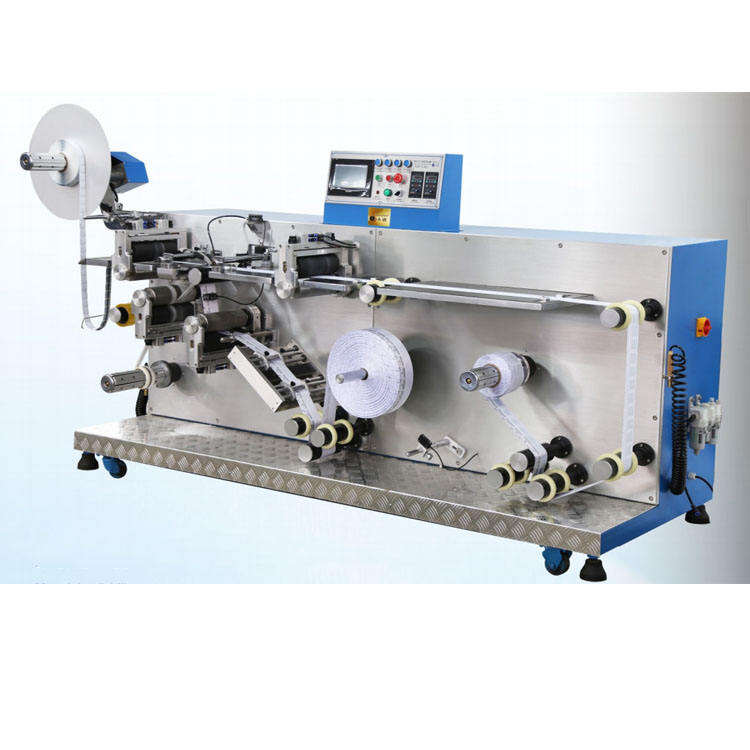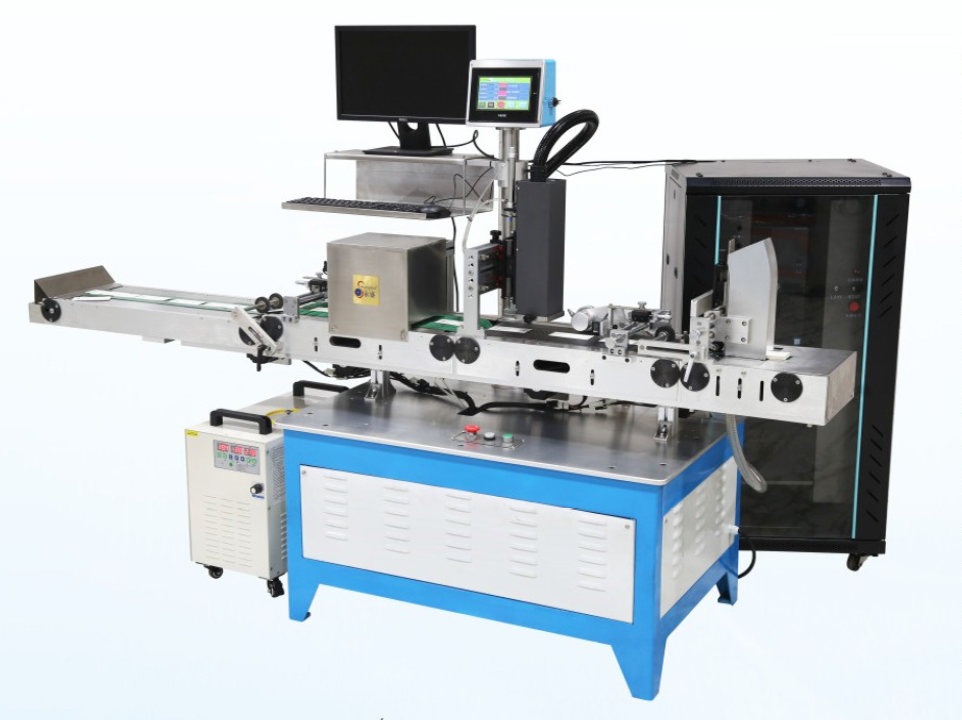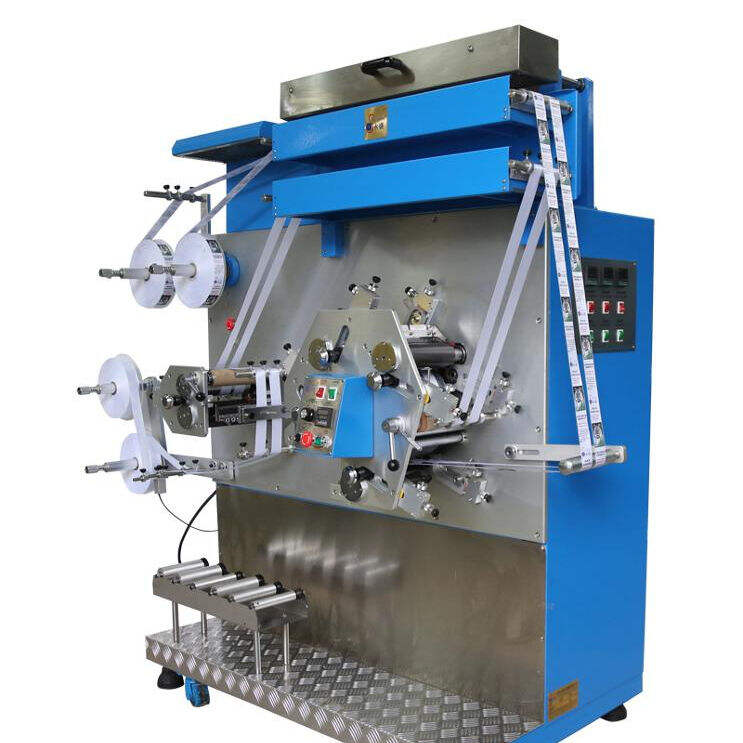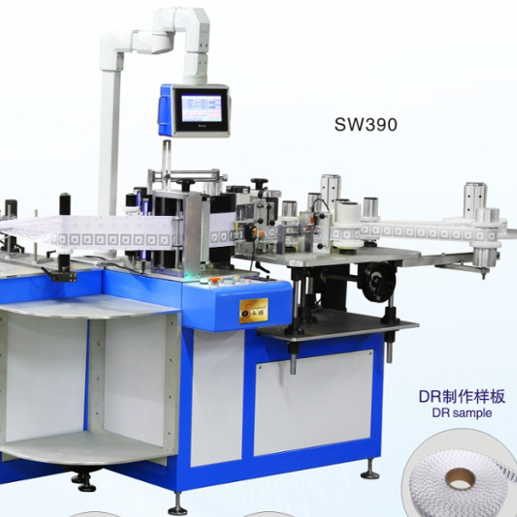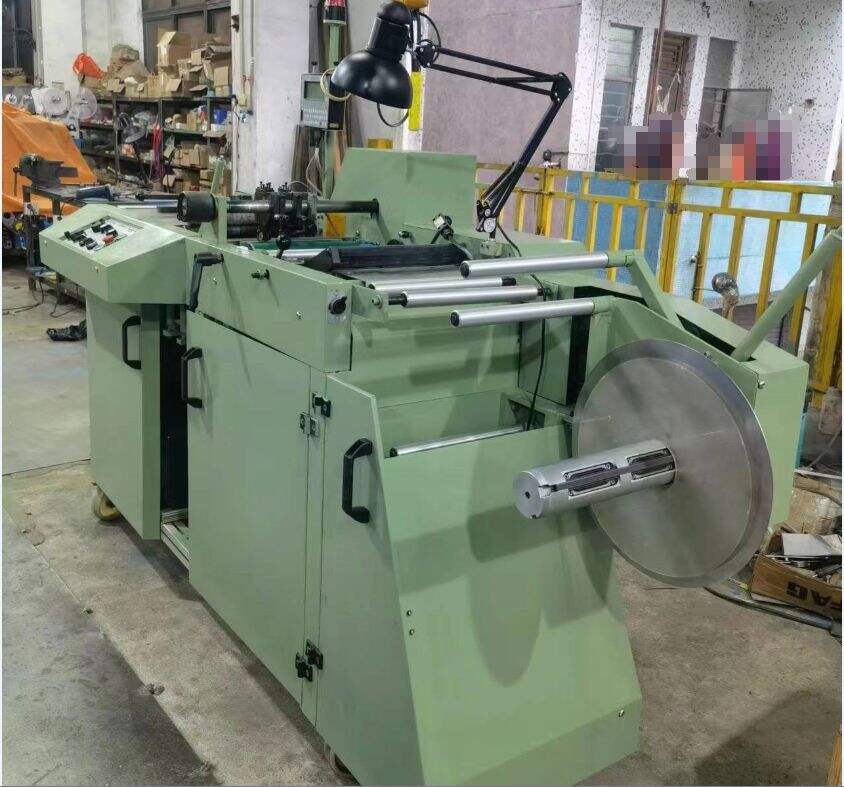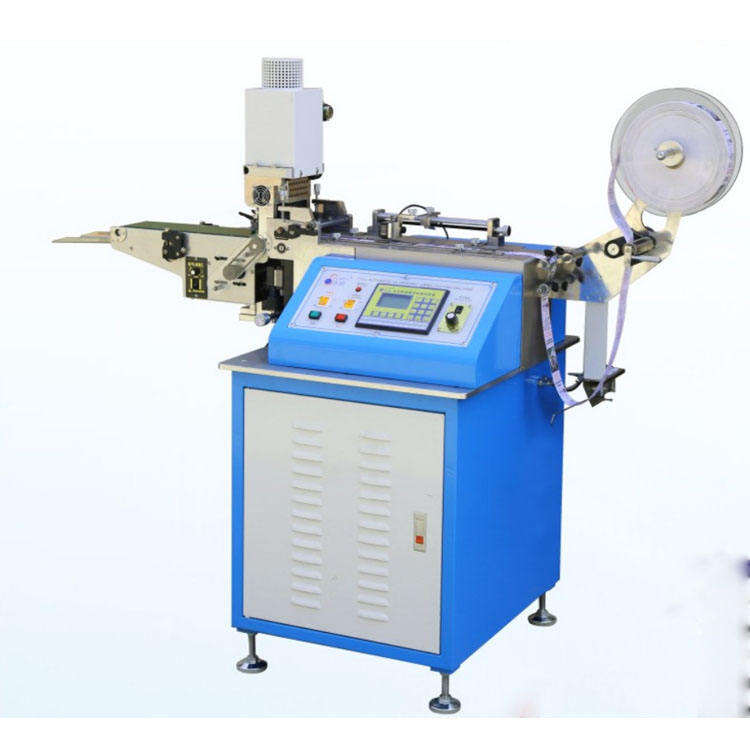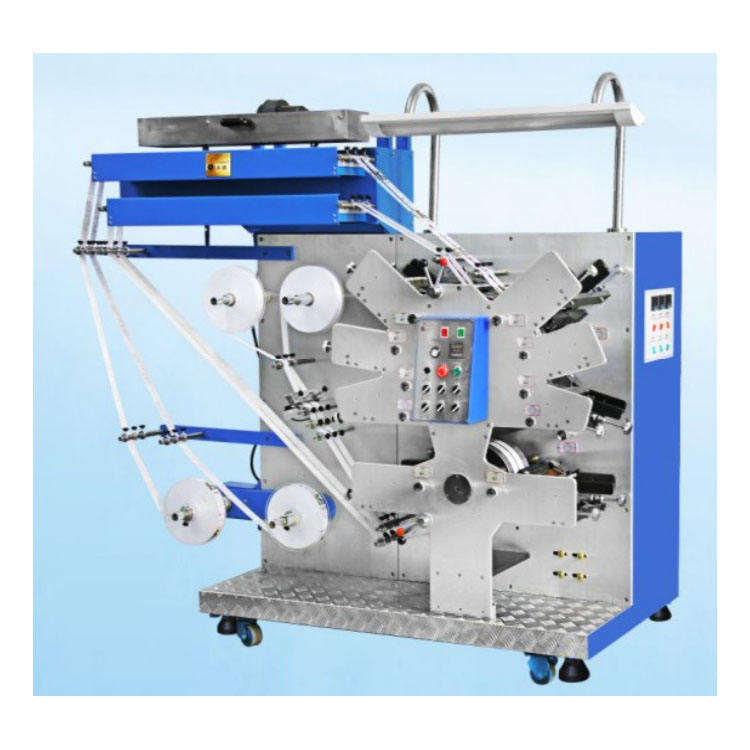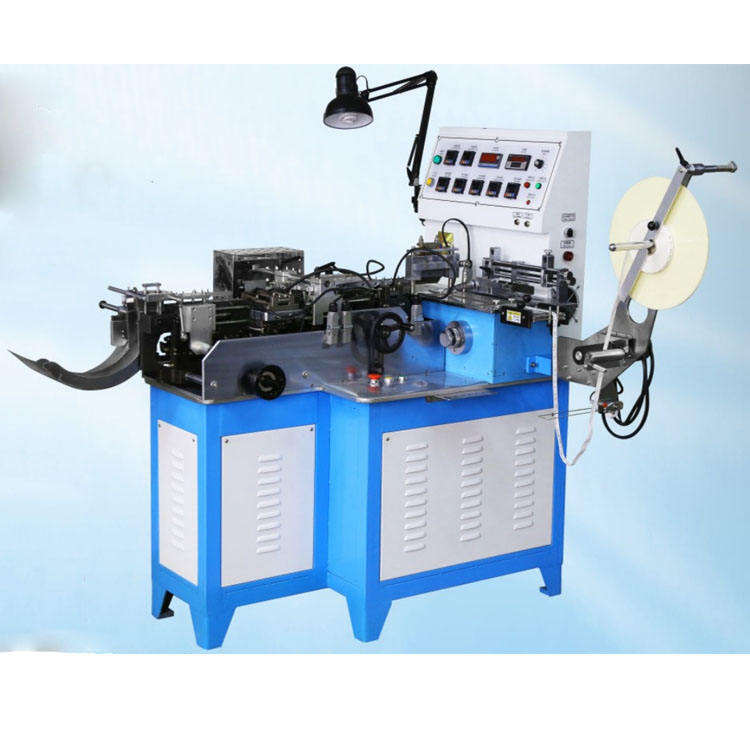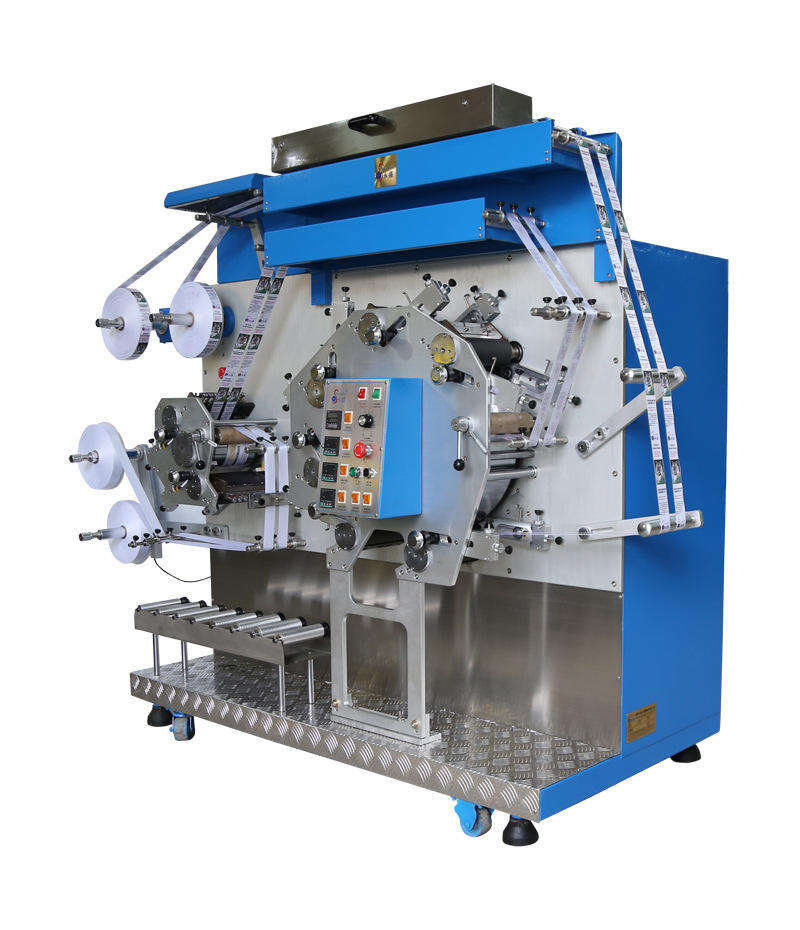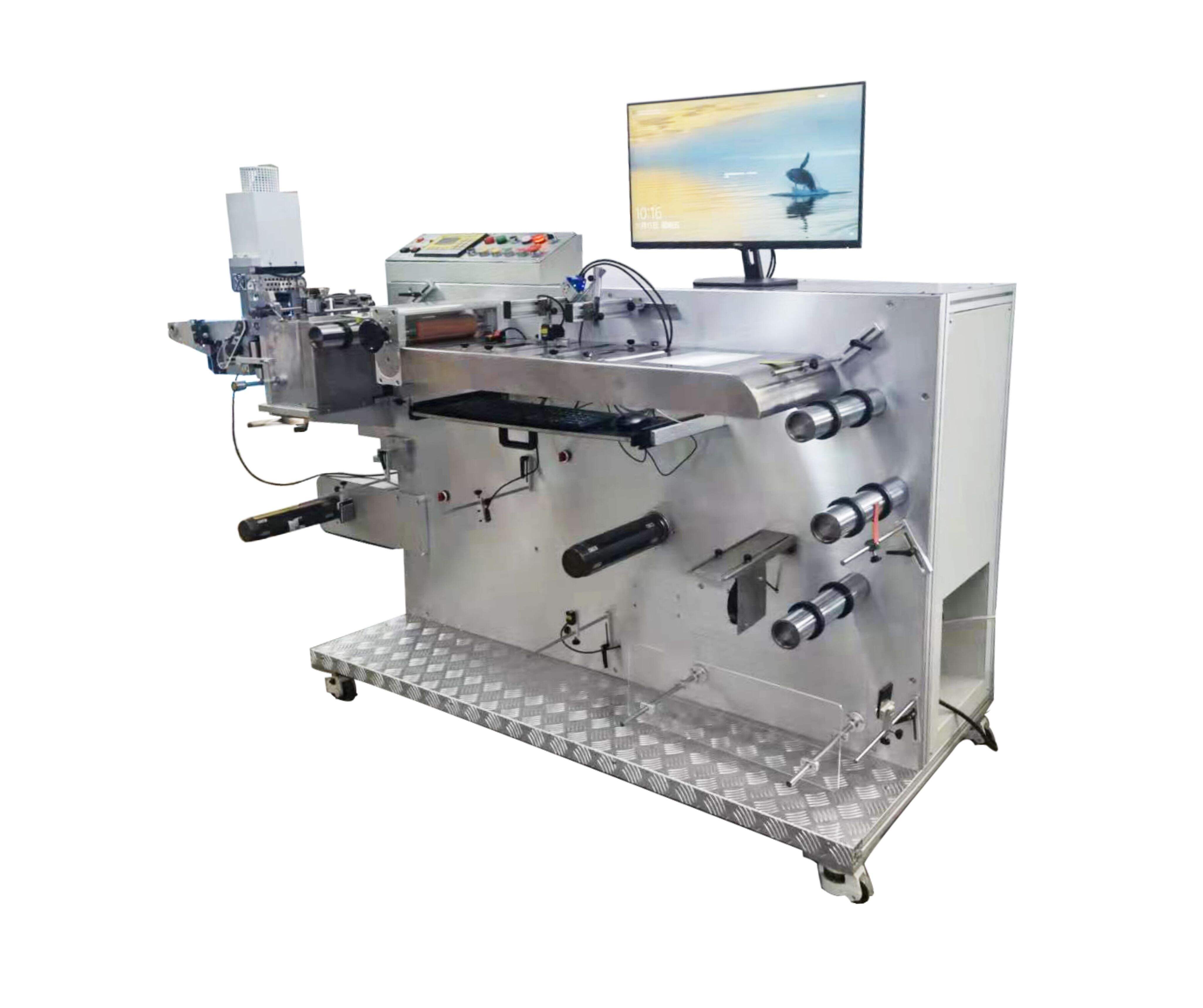What Makes Ultrasonic Cutting Machines More Reliable Than Traditional Tools?
The Revolutionary Impact of Ultrasonic Technology in Modern Manufacturing
The manufacturing industry has witnessed a significant transformation with the introduction of ultrasonic cutting machines. These advanced systems have redefined precision cutting across various sectors, from food processing to aerospace manufacturing. By harnessing high-frequency vibrations, ultrasonic cutting machines deliver exceptional accuracy and efficiency that traditional cutting tools simply cannot match. Their growing adoption in industrial applications speaks volumes about their superior reliability and performance capabilities.
In today's competitive manufacturing landscape, the demand for precise, clean, and efficient cutting solutions has never been higher. Ultrasonic cutting machines have emerged as the answer to these evolving needs, offering unprecedented control and consistency in cutting operations. The technology behind these machines represents a leap forward in manufacturing innovation, combining sophisticated electronics with mechanical precision to achieve outstanding results.
Core Technology and Operating Principles
The Science of Ultrasonic Vibrations
Ultrasonic cutting machines operate on a fascinating principle of high-frequency mechanical vibrations. These machines typically generate vibrations between 20,000 to 40,000 Hz, creating microscopic movements that significantly reduce cutting resistance. The ultrasonic generator converts electrical power into high-frequency electrical signals, which are then transformed into mechanical vibrations by a piezoelectric converter.
The cutting tool, or sonotrode, amplifies these vibrations and applies them to the cutting process. This results in a nearly friction-free cutting action that produces clean, precise cuts with minimal force. The reduced cutting resistance also means less heat generation and material deformation, making ultrasonic cutting machines ideal for temperature-sensitive materials.
Advanced Control Systems and Precision Mechanisms
Modern ultrasonic cutting machines incorporate sophisticated control systems that maintain consistent amplitude and frequency throughout the cutting process. Digital controllers continuously monitor and adjust the ultrasonic parameters, ensuring optimal cutting performance under varying conditions. The precision mechanisms in these machines allow for exact positioning and movement control, resulting in superior cut quality and repeatability.
The integration of advanced sensors and feedback systems enables real-time monitoring of cutting parameters, allowing for immediate adjustments when necessary. This level of control and automation helps maintain cutting accuracy and reliability even during extended operation periods.
Superior Performance Characteristics
Enhanced Cutting Precision and Quality
Ultrasonic cutting machines consistently deliver superior cut quality compared to traditional cutting methods. The high-frequency vibrations create a clean, smooth cutting action that minimizes material waste and reduces the need for secondary finishing operations. The precision of these machines is particularly evident when working with delicate or complex materials that would typically be challenging to cut using conventional tools.
The reduced cutting force required by ultrasonic technology also means less material deformation and stress during the cutting process. This results in improved dimensional accuracy and better surface finish, making ultrasonic cutting machines particularly valuable in industries where precision is paramount.
Versatility and Material Compatibility
One of the most significant advantages of ultrasonic cutting machines is their ability to effectively process a wide range of materials. From soft polymers and composites to hard ceramics and metals, these machines can handle diverse materials with consistent results. The technology is particularly effective with materials that are typically difficult to cut using traditional methods, such as honeycomb structures, fiber-reinforced composites, and brittle materials.
The versatility of ultrasonic cutting machines extends to their ability to perform various cutting operations, including straight cuts, contour cutting, and intricate pattern cutting. This flexibility makes them invaluable in industries ranging from automotive and aerospace to food processing and medical device manufacturing.
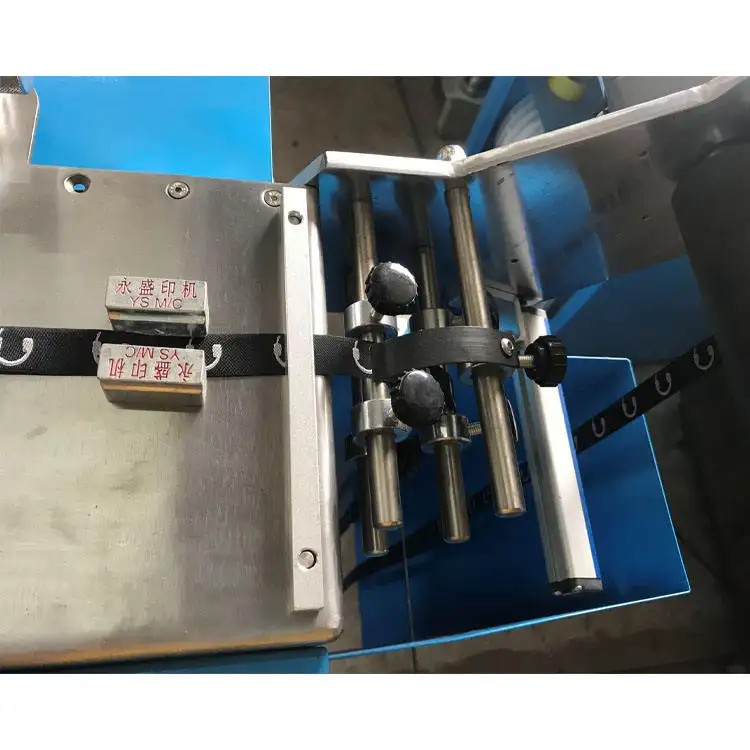
Operational Benefits and Cost Effectiveness
Reduced Maintenance and Extended Tool Life
Ultrasonic cutting machines demonstrate remarkable longevity and require significantly less maintenance compared to traditional cutting tools. The reduced cutting forces and minimal friction result in slower tool wear, extending the operational life of cutting components. This translates to fewer tool replacements and reduced maintenance downtime, contributing to lower operational costs and improved productivity.
The self-cleaning effect of ultrasonic vibrations also helps prevent material build-up on cutting surfaces, reducing the frequency of cleaning interventions and maintaining consistent cutting performance over extended periods.
Energy Efficiency and Environmental Impact
Modern ultrasonic cutting machines are designed with energy efficiency in mind, consuming less power compared to conventional cutting systems. The efficient conversion of electrical energy to mechanical cutting action, combined with reduced friction and heat generation, results in lower energy consumption per cutting operation. This energy efficiency not only reduces operational costs but also contributes to a smaller environmental footprint.
Additionally, the precise cutting action of ultrasonic machines minimizes material waste and reduces the need for coolants or cutting fluids, further enhancing their environmental credentials and supporting sustainable manufacturing practices.
Frequently Asked Questions
How do ultrasonic cutting machines compare to laser cutting systems?
While both technologies offer high precision, ultrasonic cutting machines generally provide advantages in terms of operating costs, maintenance requirements, and material versatility. They are particularly superior when cutting heat-sensitive materials and do not create heat-affected zones like laser systems.
What materials can be processed using ultrasonic cutting machines?
Ultrasonic cutting machines excel at processing a wide range of materials including composites, plastics, textiles, food products, metals, and ceramics. They are particularly effective with materials that are challenging to cut using conventional methods, such as honeycomb structures and fiber-reinforced materials.
What maintenance requirements do ultrasonic cutting machines have?
Ultrasonic cutting machines require minimal maintenance compared to traditional cutting tools. Regular inspection of the cutting tools, cleaning of the system components, and periodic calibration of the ultrasonic generator are typically sufficient to maintain optimal performance. The reduced wear on cutting components also means less frequent replacement of parts.
Recommended Products
Hot News
-
Reflect On The Cultural Significance Of The Printing Press In Preserving And Disseminating Knowledge
2023-12-08
-
The Role Of The Printing Press In The Global Economy
2023-12-08
-
Environmental Impact: Analyzing The Environmental Footprint Of The Printing Industry
2023-12-08
-
The Frontier Of Printing: 3d Printing And Its Industrial Renaissance
2023-12-08
-
The Evolution And Impact Of The Printing Press
2023-12-08
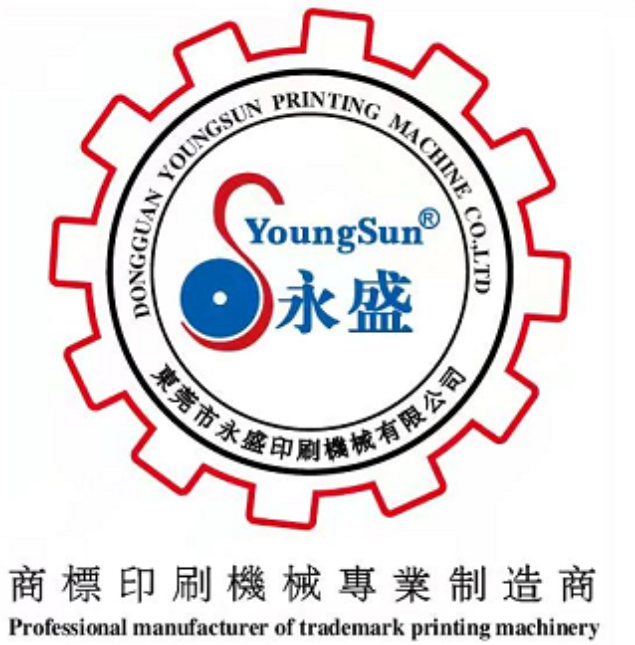
 EN
EN
 AR
AR
 CS
CS
 DA
DA
 NL
NL
 FI
FI
 FR
FR
 DE
DE
 EL
EL
 HI
HI
 IT
IT
 JA
JA
 KO
KO
 PL
PL
 PT
PT
 RO
RO
 RU
RU
 ES
ES
 SV
SV
 IW
IW
 ID
ID
 VI
VI
 SQ
SQ
 HU
HU
 MT
MT
 TH
TH
 TR
TR
 AF
AF
 GA
GA
 BN
BN
 BS
BS
 LO
LO
 LA
LA
 MI
MI
 MN
MN
 NE
NE
 MY
MY
 KK
KK
 UZ
UZ
 KY
KY
